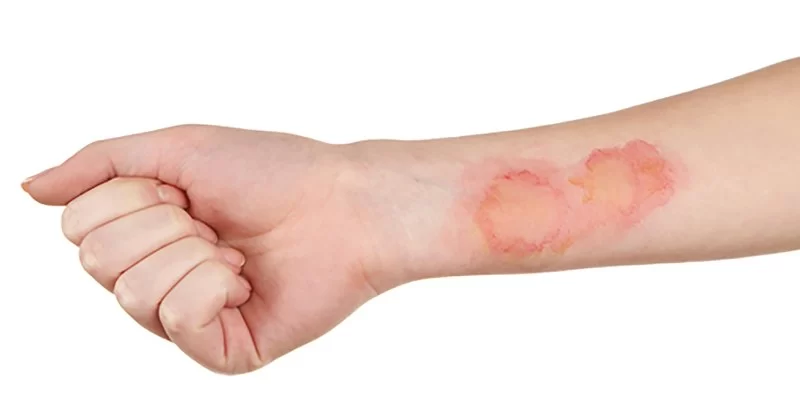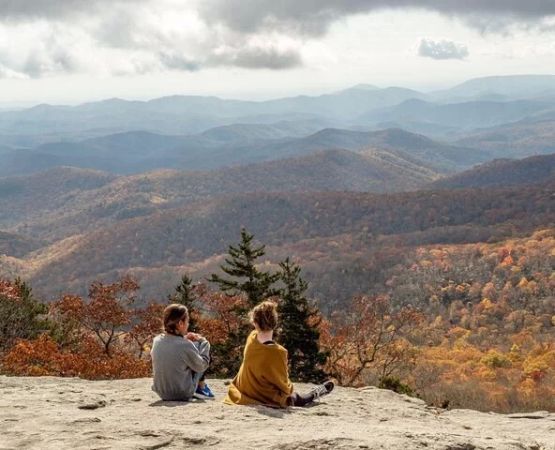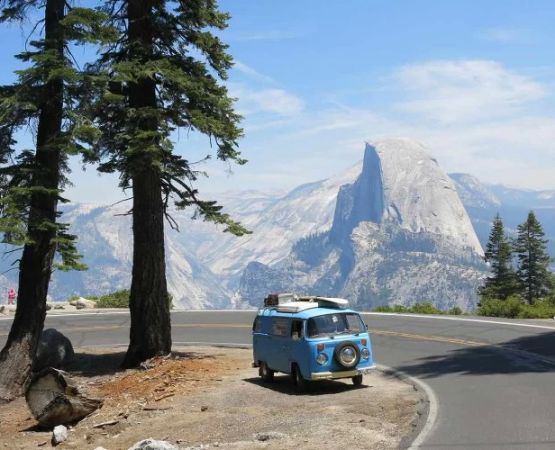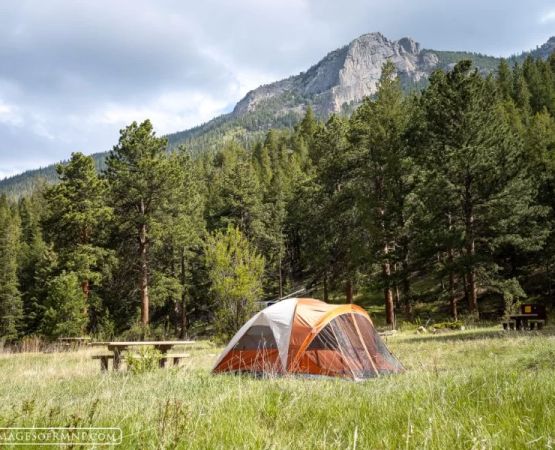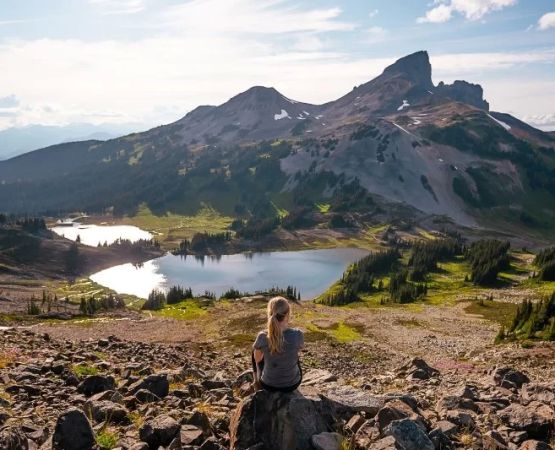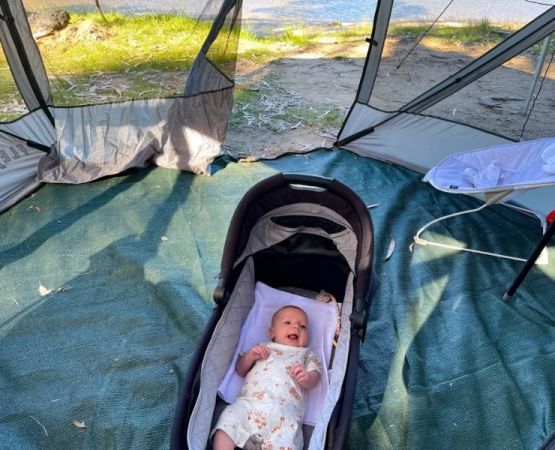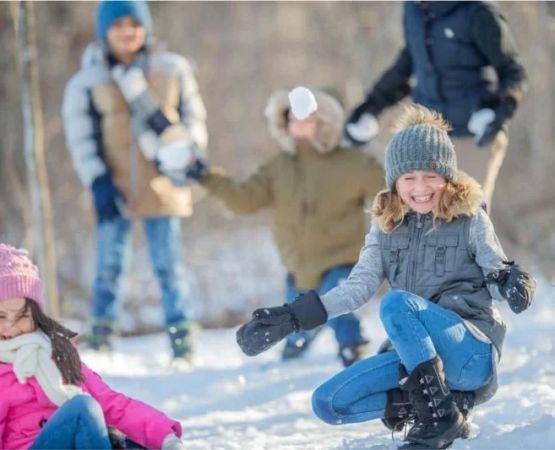- 1 - Understanding Minor Burns and Scalds While Camping
- 2 - First Aid Steps for Minor Burns in the Outdoors
- 3 - Natural Remedies That Can Help
- 4 - Prevention Tips for Burns and Scalds While Camping
- 5 - Real-Life Examples of Camping Burn Incidents
- 6 - When to Seek Professional Medical Help
- 7 - Practical Advice and Recommended Gear
1. Understanding Minor Burns and Scalds While Camping
Camping often involves campfires, portable stoves, and hot drinks—all of which can increase the risk of minor burns and scalds. A burn is typically caused by direct contact with flames or hot surfaces, while scalds occur when hot liquids like boiling water or soup spill onto the skin. Knowing the difference helps you respond appropriately in an outdoor setting, where resources may be limited.
2. First Aid Steps for Minor Burns in the Outdoors
The first moments after a burn are critical. The best step is to cool the burn immediately with clean, cool (not icy) water for at least 10–20 minutes. This helps reduce heat, swelling, and pain. Once cooled, gently dry the area and cover it with a clean, non-stick bandage to protect against infection. Avoid popping blisters as they act as the body’s natural barrier. In the wilderness, keeping a small first aid kit ready makes this process faster and safer.
3. Natural Remedies That Can Help
Nature provides some soothing remedies for burns that can be useful while camping. Aloe vera gel, known for its cooling and healing properties, can be applied directly to the burn if available. Honey, often part of camping supplies, also has antimicrobial effects that help prevent infection. Some campers use clean, cool compresses made from herbal teas like chamomile to ease discomfort. While these remedies should not replace proper medical treatment for severe burns, they can provide comfort in minor cases.
4. Prevention Tips for Burns and Scalds While Camping
Most camping burns are preventable with simple safety measures. Always set up your camp stove on a stable, flat surface away from tents and flammable items. Keep hot pots and pans out of children’s reach, and make sure pot handles are turned inward to prevent accidental knocks. Around the campfire, use designated fire rings and never leave flames unattended. Practicing mindfulness with hot drinks and cooking equipment can dramatically reduce the risk of injury.
5. Real-Life Examples of Camping Burn Incidents
One camper shared a story of spilling boiling coffee while rushing in the morning, leading to a painful scald on their leg. Quick action—cooling the skin with water and applying aloe—helped prevent worsening damage. Another family experienced a child touching a hot grill; their preparedness with a stocked first aid kit made all the difference. Stories like these highlight the importance of staying calm, having supplies on hand, and knowing basic first aid.
6. When to Seek Professional Medical Help
Not all burns can be handled in the wilderness. Seek medical attention immediately if the burn is larger than the size of your palm, if it affects the face, hands, feet, or groin, or if it shows signs of severe blistering and infection. Severe scalds in children require urgent evaluation. While camping, having a plan to reach medical care quickly can be life-saving.
7. Practical Advice and Recommended Gear
Carrying a well-equipped camping first aid kit is non-negotiable. Include burn gel, sterile dressings, and natural remedies like aloe vera if possible. Packing lightweight protective gear such as heat-resistant gloves when handling cooking equipment also helps prevent accidents. At Pine Cliff Resort, outdoor enthusiasts can find practical tools and safety items designed to make camping both enjoyable and safe.

